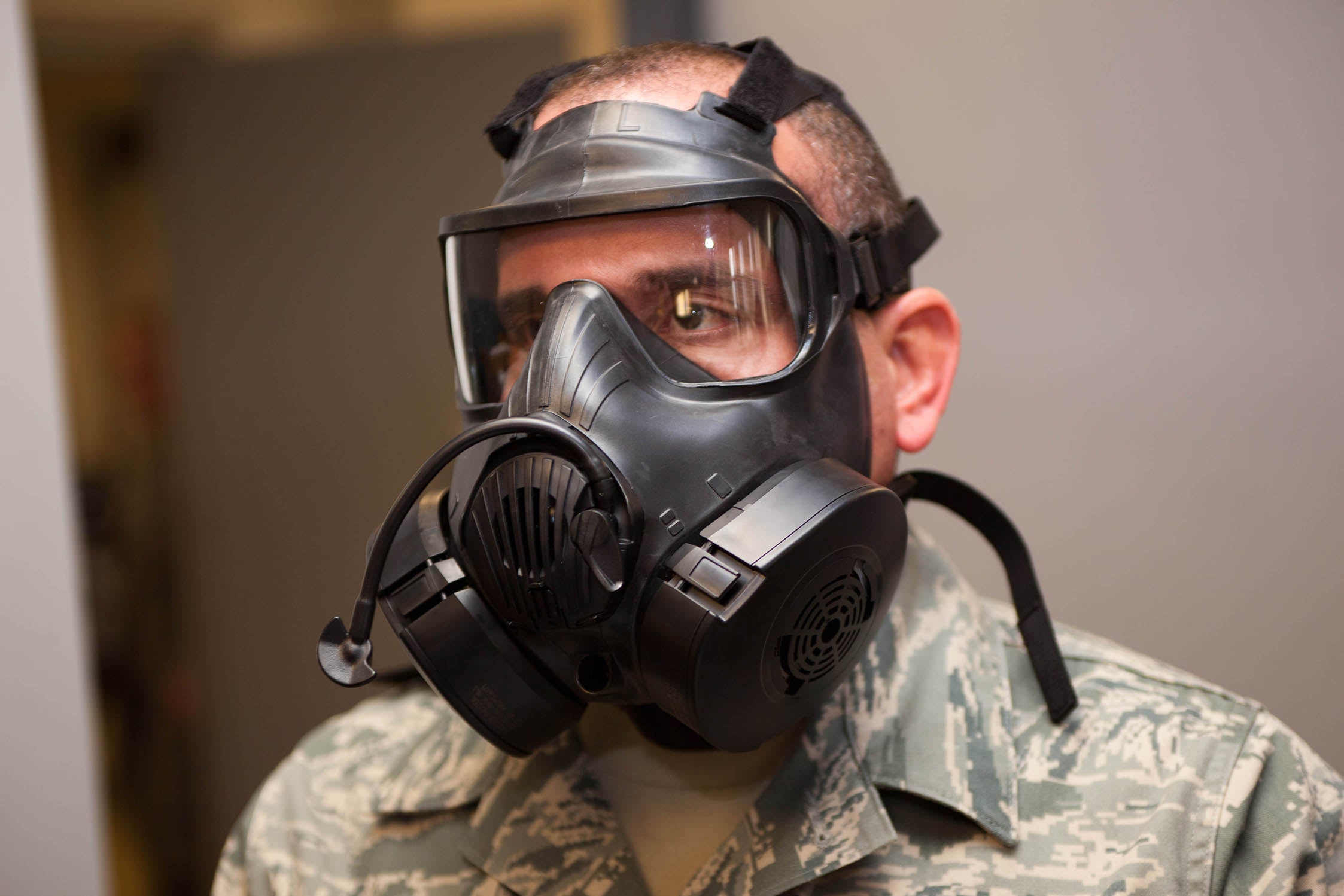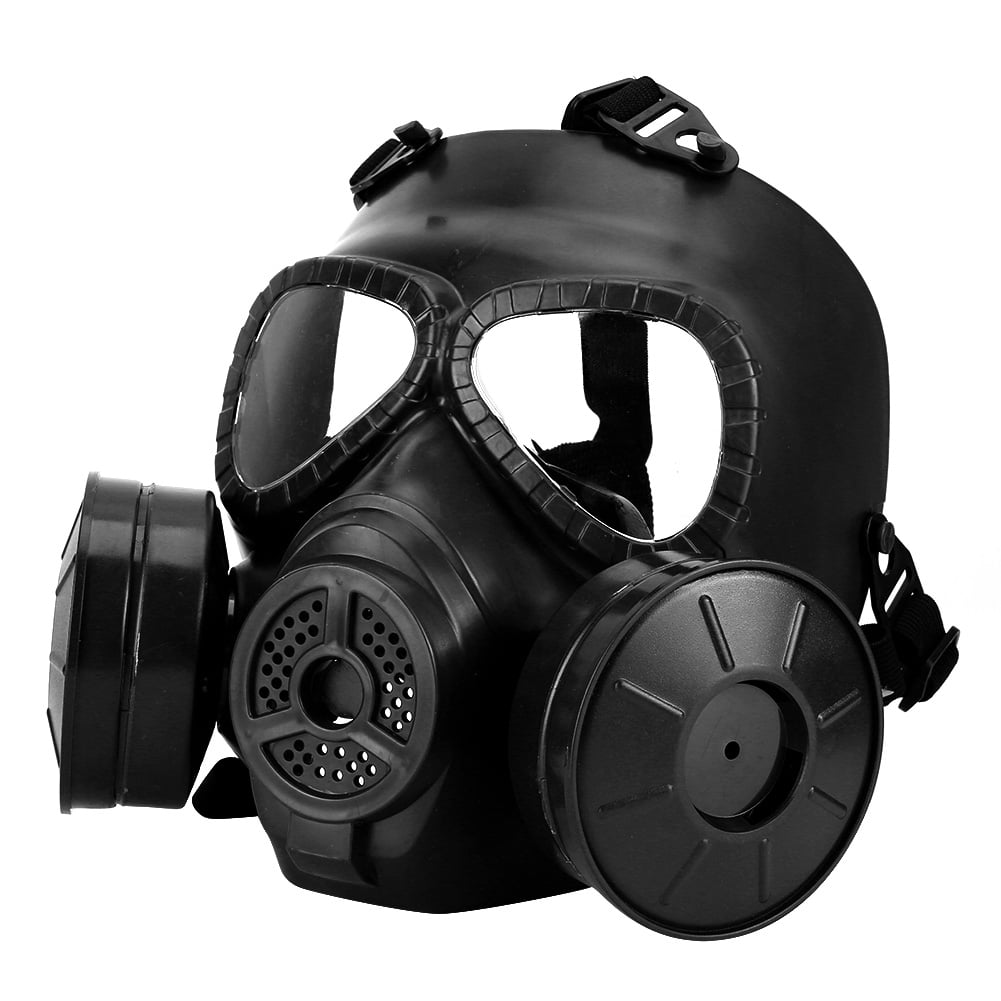

Soldiers of the 217th Military Police Detachment wait to enter the gas chamber during training conducted April 1 at the Fort Lee range complex. Anthony Bell) VIEW ORIGINAL 4 / 6 Show Caption + Hide Caption – She was one of 35 unit members to undergo the annual training requirement. Tiffanie Pulley, 217th Military Police Detachment, makes adjustments to her protective mask during chemical, biological, radiological and nuclear training April 1 at the range training complex. (Photo Credit: Terrance Bell) VIEW ORIGINAL 3 / 6 Show Caption + Hide Caption – Army Garrison commander, waits for her turn to enter the gas chamber during training conducted by the 217th Military Police Detachment April 1 at the range training complex. (Photo Credit: Terrance Bell) VIEW ORIGINAL 2 / 6 Show Caption + Hide Caption –Ĭol. Demonstrating the ability to quickly and correctly use chemical, biological, radiological and nuclear protective gear is part of the unit’s annual training requirements. Moreover, there must not be any electrical machines or appliances that produce sparks or discharges during operation (ozone creation).Īvoid deformation of the rubber parts of the facepiece and internal CBRN gas mask during storage.Soldiers of the 217th Military Police Detachment wait to enter the gas chamber during training conducted April 1 at the Fort Lee range complex. Fuels, solvents, lubricants and other inflammable substances, including chemicals, must not be stored with masks.

GAS MASK MILITARY FULL
Full face gas masks must not be exposed to radiant heat or sunshine. Temperatures may vary between 10☌ and 25☌ within relative humidity up to 65%. The storage room should be ventilated regularly.
GAS MASK MILITARY FREE
The CM-6 tactical gas mask must be stored in a dark, cool and dust-free place free from sudden temperature changes.


 0 kommentar(er)
0 kommentar(er)
